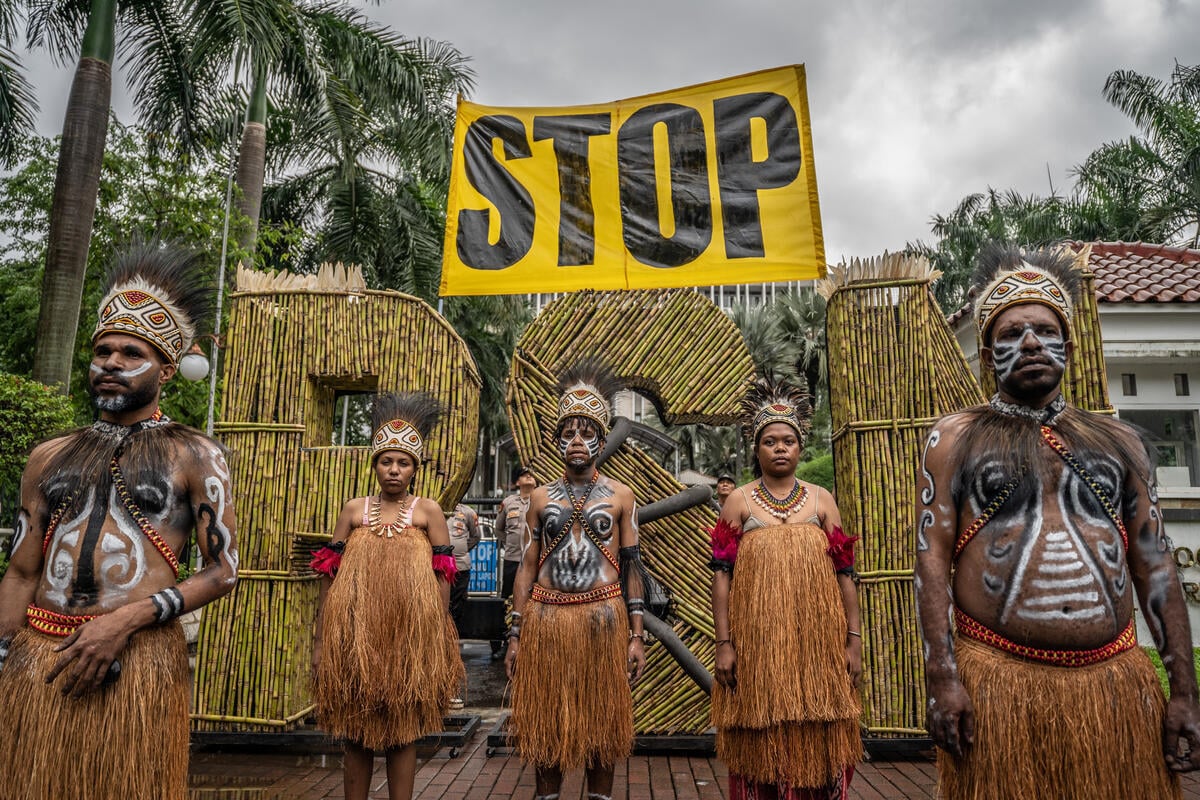After a comprehensive legislative and legal process that spanned decades, New York City became the first municipality in the U.S. to implement congestion pricing—an idea first proposed by Columbia University economist William Vickrey—on January 5, 2025. For many New Yorkers it couldn’t come soon enough. New York has been synonymous with traffic since at least the turn of the last century, when Edison Studios made the first film shot on location in NYC: a short clip of a bustling Herald Square. And gridlock has only grown since Edison’s day: In 2023, a record 335 million vehicles crossed New York City’s bridges and tunnels.
Annual Paid Vehicular Crossings on MTA Bridges and Tunnels, 1936-2023
The plan that was finally implemented was modest compared to earlier proposals: passenger vehicles entering a “Congestion Relief Zone” (or “CRZ,” which includes most of Manhattan below 60th street) pay a toll of up to $9 at peak times, once per day. Drivers still have access to all of the city’s 6,300 miles of streets and highways—the toll is simply a small incentive to consider alternative forms of transit, such as New York’s world-class subway system.
Though NYC’s congestion pricing program is just a few weeks old, the early data is promising and it’s already proving to be popular. Here are some of the potential benefits New Yorkers and visitors can expect from the city’s long-awaited congestion pricing plan in the months to come.
Reduced Traffic, Improved Travel Times and Better Public Transit
Holland Tunnel Commute Times, Mondays

Just a month after congestion pricing launched, New York’s Metropolitan Transportation Authority (MTA) reported that 1 million fewer vehicles entered Manhattan’s most congested zone. This reduction led to travel time improvements of 10% to 30% on all Hudson and East River crossings, and faster, more reliable bus service. Straphangers also took note: weekend express bus service ridership grew by more than 20% during this time, and subway ridership increased by 7.3% during weekdays, continuing an upward trend dating back to fall 2024.
A Better Big Apple
The subway has been the lifeblood of New York City for more than a century. But running one of the world’s largest and oldest subway systems requires continual maintenance, and many improvements—such as making stations ADA accessible—are decades overdue. Congestion pricing will enable the MTA to fund $15 billion in capital improvements across its vast system, including adding 250 electric buses and continuing the Second Avenue subway line.
Slideshow: 120 Years of New York City’s Subway






Beyond the nuts and bolts, congestion pricing could pave the way for re-envisioning New York City’s streets. Reducing vehicular traffic can free up valuable space and resources to develop more sustainable, community-centered urban designs. The transformation of Times Square into a pedestrian plaza is a good example. Once congested with traffic, the 2017 redesign added 110,000 square feet of pedestrian space by converting sections of Broadway into a permanent car-free zone. This shift not only improved safety, but enhanced the public experience by providing more space for seating, art installations and cultural events. Today, a reinvigorated Times Square is a popular and dynamic gathering place, and the project is considered a model of how smart urban design can redefine city spaces for the better.

Reduced congestion can also increase economic productivity by shortening commute times and improving the overall efficiency of the transportation network. Put simply, businesses are more efficient when drivers and goods move quickly and reliably. Even the city itself could save a buck: less traffic could decrease the wear and tear on New York’s infrastructure, resulting in lower long-term costs. Almost 23% of the NYC Department of Transportation’s 2025 budget is allocated to roadway repair, maintenance and inspection.
Environmental and Health Benefits
Researchers don’t yet have enough data to measure the full impact of congestion pricing on NYC’s air quality, but other metropolitan areas with similar tolling programs have experienced significant improvements. For example, New York’s sister city, London, reported a 17% decrease in PM2.5 particulate matter following the 2023 expansion of its Ultra Low Emission Zone. Cleaner air can lead to better public health outcomes by reducing respiratory and other pollution-related issues. And a growing body of research has also found that chronic noise pollution from traffic can be more than just an annoyance—it can increase the risk of hypertension, stroke and heart attacks in nearby communities.
PM2.5 Trends in London, 2010-2023

Cleaner air isn’t the only way congestion pricing can benefit public health. The number of traffic crashes in NYC has been rising in recent years, and a New Yorker was killed or seriously injured in the congestion pricing zone almost every day in the first nine months of 2024. However, in the initial 12 days of congestion pricing, both crashes and injuries dropped by more than 50% in the CRZ. London once again provides a longer-term perspective: Researchers found that traffic accidents fell by an astonishing 40% since the introduction of the city’s congestion toll in 2003.
At the state level, cutting emissions from vehicles can help New York achieve its goal of reducing greenhouse gas emissions by 40% from 1990 levels by 2030, a target set by the landmark Climate Leadership and Community Protection Act of 2019.
The Proof in the Pavement
“Despite its many benefits that have been verified in cities around the world, congestion pricing remains a controversial idea for some drivers, politicians and media outlets,” says legal scholar Michael Gerrard, director of the Sabin Center for Climate Change Law. “Some politicians are now challenging the program, which was the result of extensive planning, policy and legal processes. However, there is little precedent for the reversal of a local transportation project of this magnitude after it has already started.”
Some may recall a similar uproar when New York passed its Clean Indoor Air Act, which finally prohibited smoking in indoor public spaces just 20 years ago. Today, NYC’s smoking ban is celebrated as a major advancement in protecting public health and improving the quality of urban life. It’s hard to imagine going back to a time when thick smoke hung in the air of the city’s bars and restaurants.
Nonetheless, over time it will be important for New York’s congestion pricing program not only to demonstrate that it is easing Gotham’s gridlock, but that it can also adapt to the challenges of NYC’s complex urban landscape.
“Where congestion pricing has been introduced elsewhere, like in Stockholm or London, early opposition faded as people experienced the benefits of less traffic, cleaner air, and quieter and safer streets,” says Jacqueline M. Klopp, director of the Center for Sustainable Urban Development. “But we should not be complacent. It is critical that funds collected translate into timely and equitable improvements in the transit system, including commuter rail. Most urgently we will need to address inequalities. People in the South Bronx, who suffer from high levels of traffic and air pollution related health problems, should also see substantial benefits from the city’s congestion pricing plan.”
Change doesn’t come easily in a city of over 8 million people. Yet, whether in the arts, urban development or public transit, New York has consistently been at the vanguard of movements that resonate around the world. Throughout the city’s long history, New Yorkers have challenged the status quo, driven by a powerful blend of determination, imagination and inspiration. And time and again it has proven to be an enduring formula for progress.
Additional photo research by Emely Mendez
Views and opinions expressed here are those of the authors, and do not necessarily reflect the official position of the Columbia Climate School, Earth Institute or Columbia University.
Source link
Jeremy Hinsdale news.climate.columbia.edu



